How 3D Product Animation Can Help You Stand Out from the Competition

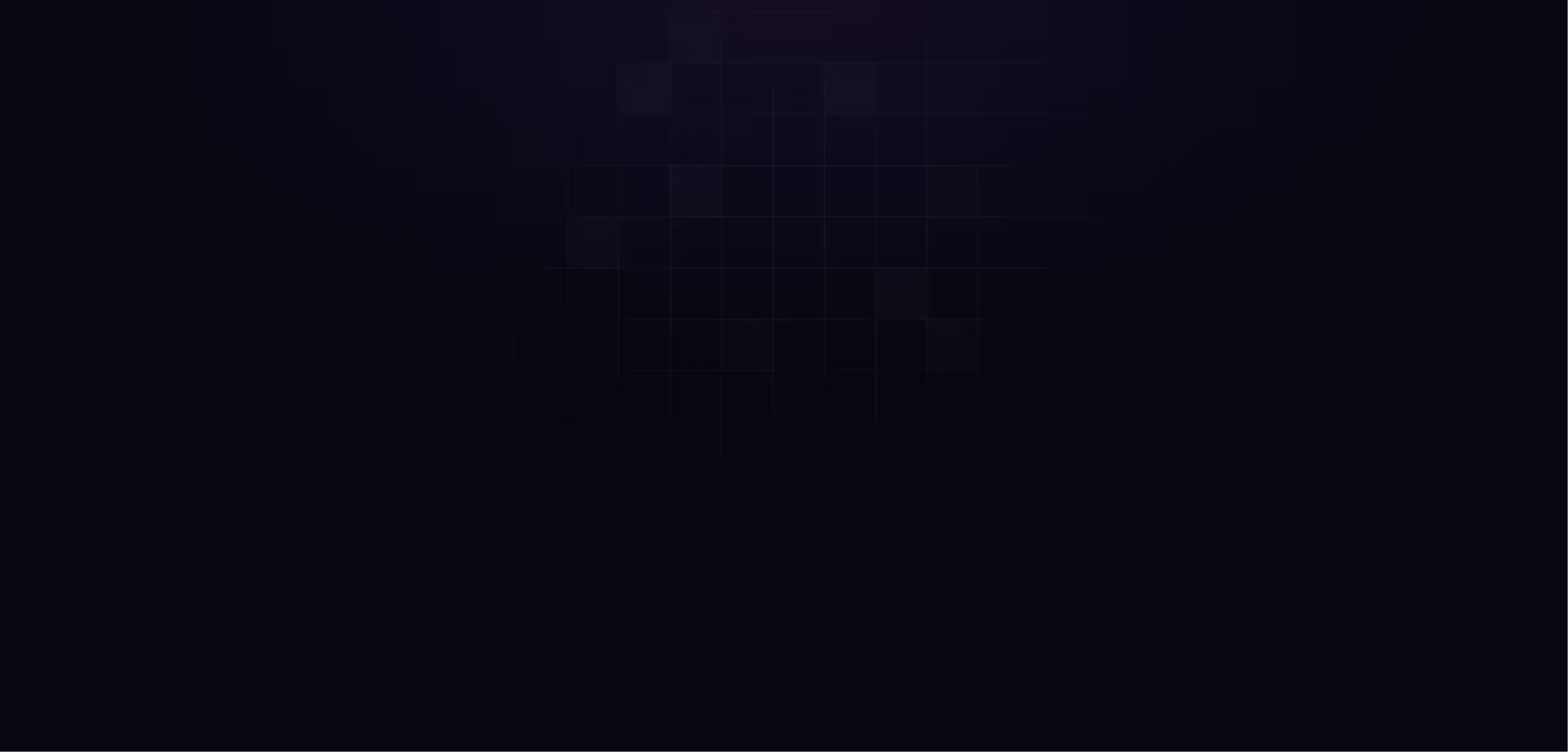
table of content
Okay, let's be honest here. Over the past few years, you've probably come across a lot of 3D promotional videos, from explainers to product videos. Some are great, but a lot are… questionable. Not to mention, hard to understand. By the end of it, you either clicked away before it finished or, worse, finished watching still confused about what you just saw.
These types of videos could actually be one of the reasons why your business isn't standing out among the competition, especially in a crowded market. In general, the reason a lot of companies want to use 3D animation for their product is to create cool, realistic visuals in a 3D space. But with unclear direction and half-hearted effort, it makes your brand look unprofessional and fails to communicate the message you want your audience to understand.
3D animation for corporate use tends to revolve around marketing and promotional strategies. It shows how a product works in a real-life setting and can be used everywhere, from your own website to social media to TV. When done right, 3D animation studios can transform your ideas into engaging stories that capture attention, boost brand visibility, and help increase sales for your business.
In this article, we will talk about how we help brands stand out in a crowded market with 3D animation.
Why 3D Animation in Promotional and Marketing Campaigns Is Important
Okay, let's talk about why companies use 3D animation for their promotional videos, and why, if it's done well, 3D animation works really well.
For one, 3D animation adds depth and perspective, making your product feel more real and engaging compared to flat images or basic video. It allows customers to see the product from all angles, watch it in action, and even visualize how it fits into their world. Plus, 3D animation lets you show things that would be impossible with live-action filming, like demonstrating features in a creative, eye-catching way. It's a powerful tool for making your product stand out and ensuring customers really get what it's all about.
Making your product stand out and ensuring customers really get what it's all about.
So why is it important for a lot of brands:
- Captivates Audiences: 3D animations engage viewers more effectively than static images or traditional graphics by bringing products to life with realistic movement and detail.
- Brand Differentiation: Allows businesses to experiment with visual trends and stand out in the competitive market.
- Unlimited Possibilities: 3D animation can show what's not possible with live-action filming, such as showcasing products in unique or imaginary scenarios (e.g., sending a product to the moon or manipulating gravity).
Different Product Types in 3D Animation
Now that we know the "why" behind brands using 3D animation for their content, let's move on to the products that we're supposed to see in 3D animation.
Pretty much any product could use 3D animated aspects in their video, but it's important to remember that every project requires a different approach. This means it's important for us to understand the project and the product so we can differentiate them.
One thing we can clearly differentiate, which helps us set the planning process from the start, is the type of product they're trying to promote. It's worth noting that there is no single fixed term to describe something, especially within the creative industry, so keep in mind that the terms we use might differ depending on who you're talking to. Some agencies might use different terms, but these are the ones our team uses internally and when talking to clients. Talking about agencies, we actually came up with a list of the best 3D animation studio of 2025, feel free to look around and decides which style fits you more!
When we start planning a 3D animation project, one of the first things we look at is the type of product being promoted. Is it something tangible, like a smartphone, furniture, or a car? Or is it intangible, like software, a digital subscription, or an online service? That difference plays a big role in how we approach the project.
It's also why we take the time to really understand what the client needs and what the project is all about. Depending on the product and the type of video we're creating, the services we offer and the creative treatment can vary a lot. Even the tools we use might be different. So getting that clarity early on helps us build something that not only looks great but actually works for the brand.
So, What Actually Makes a Good 3D Animation
Okay, now that we've covered the basics and our understanding of 3D animation, we can move on to what aspects could make 3D animation good.
As we mentioned, the two types of products require different approaches and, in some cases, different tools.
For intangible products, like software or digital services, we usually ask clients to provide their initial UI design. If those aren't ready yet, an early-stage UI concept or wireframe is also helpful. This gives us a solid starting point for visualizing the product in the animation.
For tangible products, such as physical devices or objects, we typically need either a CAD file or a 3D mockup model. These assets allow us to accurately represent the product in motion and ensure the animation stays true to the design.
One of the biggest differences between the two is the CAD aspect of 3D animation. In 3D animation, especially for tangible objects, there is an important step called 3D modeling, where we recreate the object in a 3D environment. Having CAD files simplifies this step, which leads to animators having more time to make sure every other step is perfect.
Now, you might be wondering, "Well, this whole section has not yet answered the title H2 question." You are half right. We haven't stated it clearly, but the answer has been mentioned multiple times throughout this section and even this whole article. When it comes down to it, the key to success is all about the prep time. A solid concept and clear ideas go a long way. Having a strong initial visualization can really smooth out the whole production process. That is why we keep talking about understanding the product and the client's needs so you can prep the whole project in advance.
The Technical Process of Creating a Good 3D Animation Video
As we have mentioned, when it comes down to it, having prep time is one of the keys to success in creating a good 3D Animation. For us, communication is everything. When we're aligned at each step, we create something we're proud of, and something the client will love too.
But another important aspect that we need to consider is all the technical steps that come after planning. It's all about making sure every step meets our standards. Here's what we focus on to make sure everything's spot on:
Modeling
.png)
Okay, the example above is a modeling process of one of Duolingo's character designs. What is 3D animation? In very broad terms, modeling is where we create 3D objects, this could be a character, a product, or even an interface element. This is the part where we need to pay attention to the details. The level of detail during this step can directly impact how polished and realistic the end result will feel. With that being said, a simple yet clean well-built model makes it easier for the animator.
Texturing
.png)
Once the model is ready, we apply surface textures and materials to give it character. Think of this as adding skin, fabric, metal, or glass to a plain object. This is where the real-world look starts to take shape. Combined with good lighting, textures play a major role in making the visuals pop, especially when you're aiming for a photorealistic or stylized finish.
The example above is from one of our older projects. As you can see, the model on the left has already been given water-like and glass-like textures, while the one on the right is still a plain, untextured model. But even in its raw state, you can already see the intended movement of the 3D object. Texturing is what makes it pop and gives the design clarity, depth, and visual energy.
Rigging
.png)
Rigging is like setting up the bones and joints of the model. This step allows us to control how things move, whether it's the rotation of a product, the bend of a robotic arm, or the flow of a soft UI element. Without proper rigging, animation feels stiff and unnatural. It also helps us create smooth, dynamic camera angles and transitions that keep viewers engaged.
Think about it like making sure the movement that the object will have looks natural and probable, in this step you don’t need to think about the flow of the movement or the poses, you just need to make sure that the object or character can moves and it looks natural.
Animating and Blocking
.png)
Okay, so far, the processes are mostly about the 3D object. This step is where the magic happens. This stage focuses on motion flow, timing, and how elements interact in space. When done well, it feels intuitive and immersive. We pay close attention to natural movement, easing, and the weight of objects to ensure the motion feels believable.
In the example shown, you can see the "laptop" on the right side has several orange lines. These lines represent the projected movement of the laptop, showing how each part is set up to move during the animation.
.png)
Usually, our animators work on this part while they’re also working on blocking, since the two go hand in hand. So, what is blocking exactly? At its core, think of it as the blueprint or skeleton of your animation. This is where we lay down the major movements and key poses to figure out the overall timing and flow. At this stage, everything is in stepped mode, which means there is no smooth motion yet. Objects or characters simply snap from one pose to the next, kind of like flipping through a moving storyboard.
Lighting
.png)
Lighting is what ties everything together. Just like in photography or film, good lighting adds mood, depth, and realism. Whether it's simulating sunlight, indoor ambient light, or dramatic shadows, lighting enhances how textures respond and how the scene is perceived. Without it, even the best models can look flat and lifeless.
Okay, now that we’ve talked about the technical aspects of creating a 3D animation, let’s get into what actually makes it good. One thing we always do when working on a 3D animated project is apply quality control at every step. We do not always show the client every part of the process, but we make sure to keep them updated on any major milestones. Internally, we have our own QC system where each step needs to be approved by our project manager before the animators can move on to the next phase. This helps ensure that everything we do meets our standards and that anything we show the client represents the best work we can deliver.
What 3D Animation is Ideal for and Distribution Planning
Ideal For:
Now that we've covered how preparation time and technical aspects play a key role in creating good 3D animation, there's one more thing to consider. It's just as important to understand where the animation will be used and whether the product is actually a good fit for 3D in the first place. Not every product needs 3D, and not every platform is ideal for it, so figuring this out early helps shape the creative direction and overall impact.
3D product animation is perfect for showcasing complex product features and creating visuals that would be hard to capture with 2D animation or live-action filming. It is especially useful for tech and hardware-based products, where realistic demonstrations make explanations much easier and more engaging.
But it is not always the right choice, we talked about this in a more in-depth level in our “2D vs 3D Animation Videos: Which Animation Style Fits Your Brand Best?” blog. For businesses that need fast, simple content or are working with limited budgets, 3D animation can be overkill. It requires time, resources, and investment to do it right, so it is important to know when it adds value and when it might be better to keep things simpler. Here are some companies that fit with 3D animation style:
- Tech and Hardware Companies: 3D animation is perfect for showcasing products like gadgets, machines, and high-tech gear that need to be presented in detail. Whether it's showing how a product works or highlighting intricate features, 3D animation can bring those complex ideas to life in a way that's clear and engaging.
- Startups & Product Development Teams: If you're in the early stages of a product and want to generate excitement or showcase something that isn't physically ready yet, 3D animation is your go-to. It lets you visually communicate your ideas, demonstrate potential features, and get people excited about what's coming, even before it's built.
- E-commerce Brands: For e-commerce businesses, especially those with physical products, 3D animation is a great way to show how your product works in action. It's also perfect for highlighting key features, giving customers a clear visual of what they're buying in a way that's interactive and engaging.
- Advertising & Marketing Teams: If you're looking for dynamic, eye-catching content for commercials, online ads, or social media, 3D animation is a perfect fit. It grabs attention, holds interest, and brings your brand's message to life in a way that's hard to ignore.
Distribution Planning
Like we mentioned earlier, one of the biggest advantages of 3D animated videos is how reusable they are. Once you've created the assets, you can easily repurpose them across multiple platforms such as your website, social media, ads, landing pages, or even in-app tutorials. That kind of flexibility is a huge win for content teams.
But here's the catch. To really make the most of that reusability, you have to plan for it from the start. Animators need to know where the content will live so they can collect or create the right assets during production. Without that clarity upfront, it becomes harder to adapt the final animation for different formats later on.
Each platform has its own content size, ratio, and interaction style. A horizontal video might work perfectly on your homepage, but it might not look right on Instagram Reels or LinkedIn. While most 3D elements can be reused, certain shots, text layouts, or pacing might need to be adjusted depending on the platform.
Here are some of the most common video ratios used across social platforms:
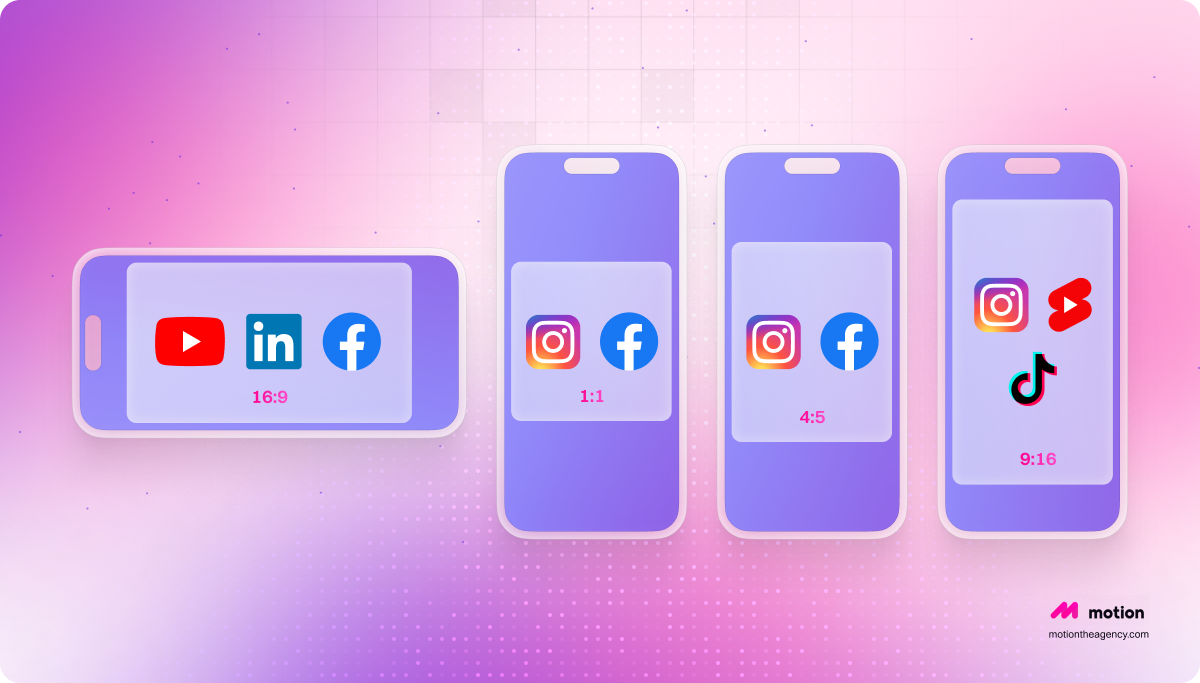
- 16:9 – Standard landscape (YouTube, LinkedIn, Facebook feeds, websites)
- 9:16 – Vertical video (Instagram Reels, TikTok, YouTube Shorts, Stories)
- 1:1 – Square format (Instagram feed, Facebook feed, some ad placements)
- 4:5 – Portrait style (Instagram and Facebook feed-optimized vertical)
Conclusion
You came here wanting to know how to make your 3D animated content stand out in a crowded market. If there is one thing to take away, it is that preparation matters. A good project starts with a clear understanding of what you are making, even before production begins. That includes knowing whether the product is tangible or intangible, what the goals are, and where the content will be used.
There is no single approach that works for everyone. In some cases, 3D animation might not even be the right solution. Other video formats could serve your message better. What matters most is choosing the right path for your product and your audience. If you are ready to create high-quality, thoughtful content that actually works, we are here to help. Book a call with us here and let's make it happen.

Contact Us
Ready to elevate your brand? Contact us for your
Free Custom Video Sample
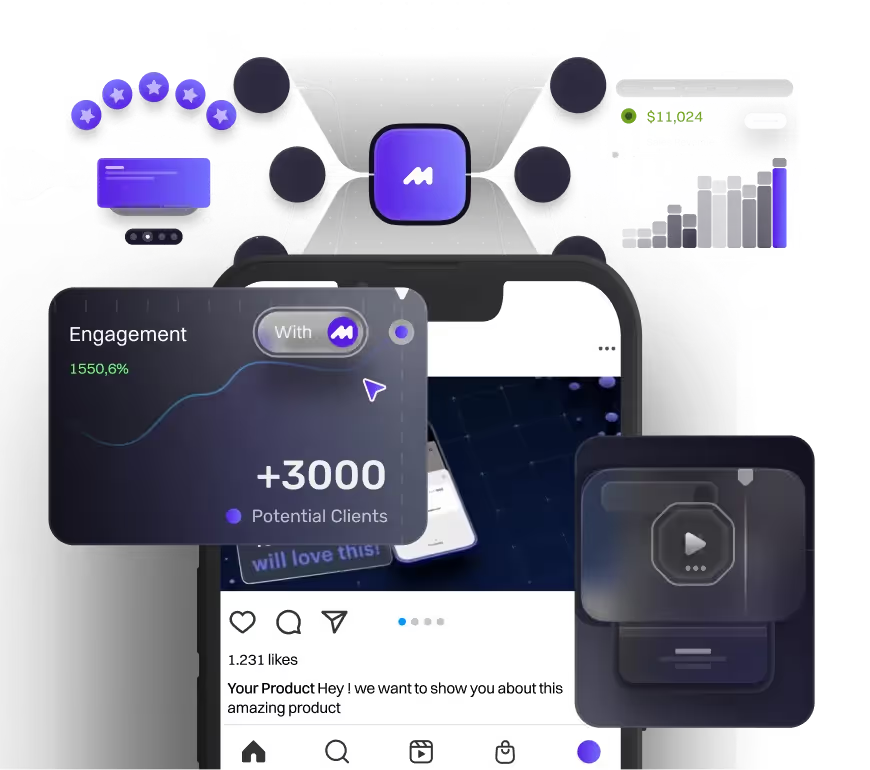





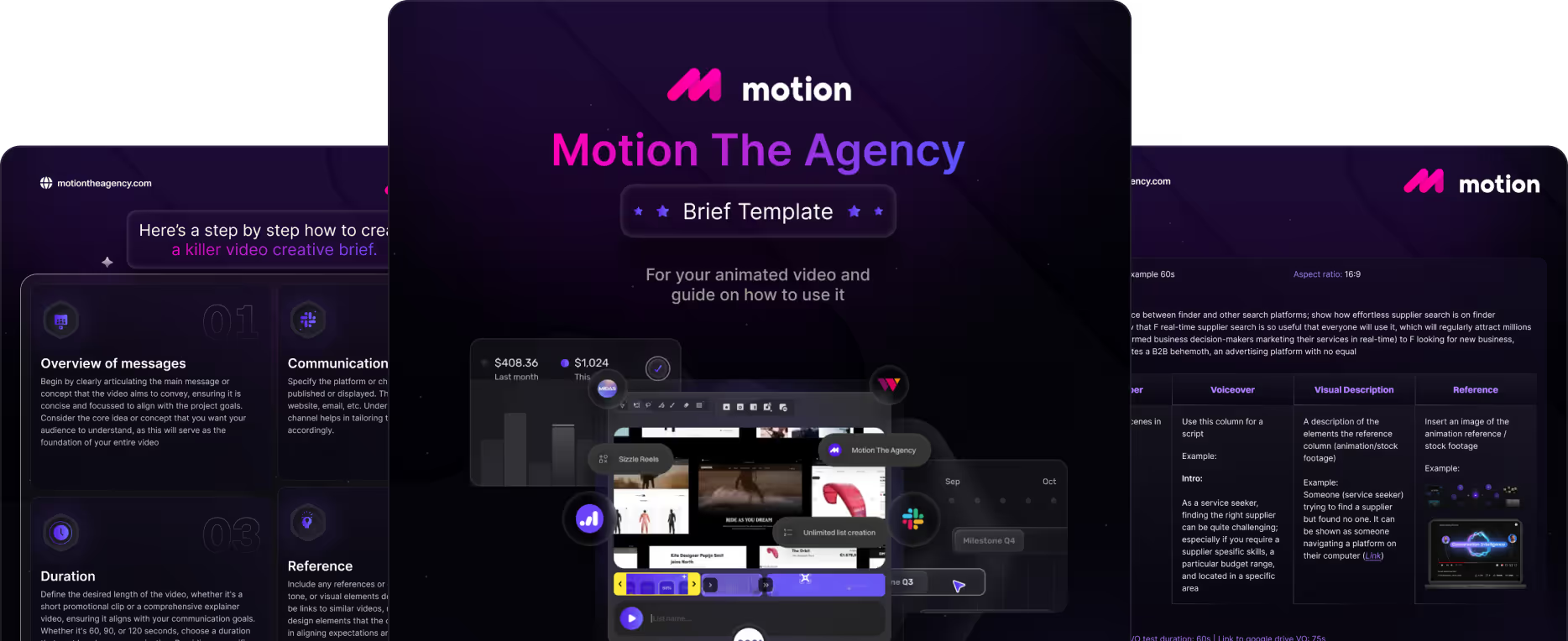
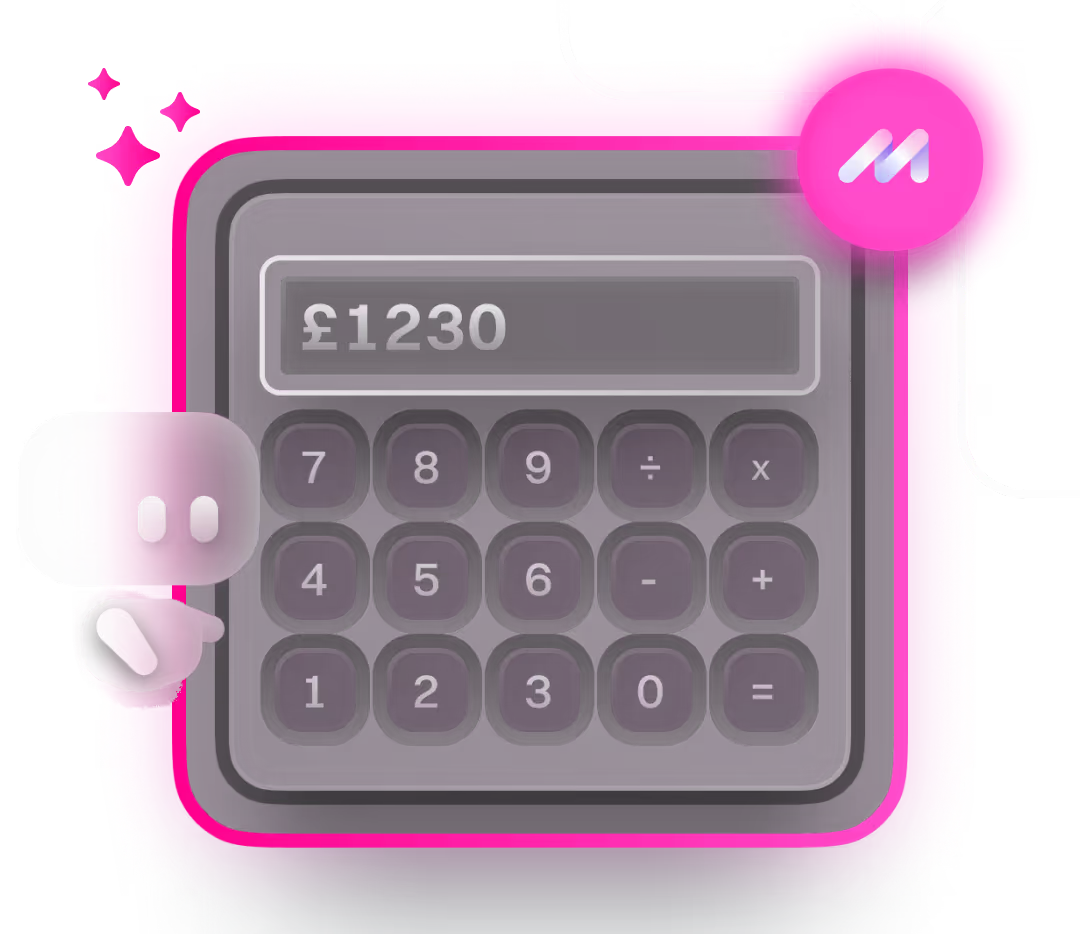

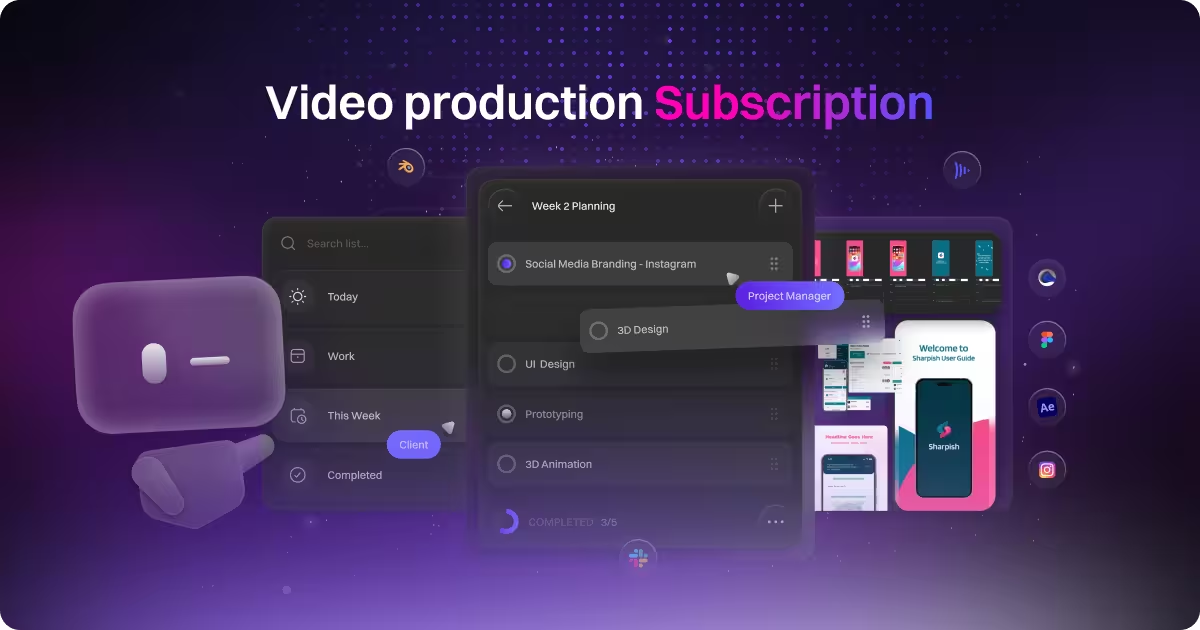
.png)



